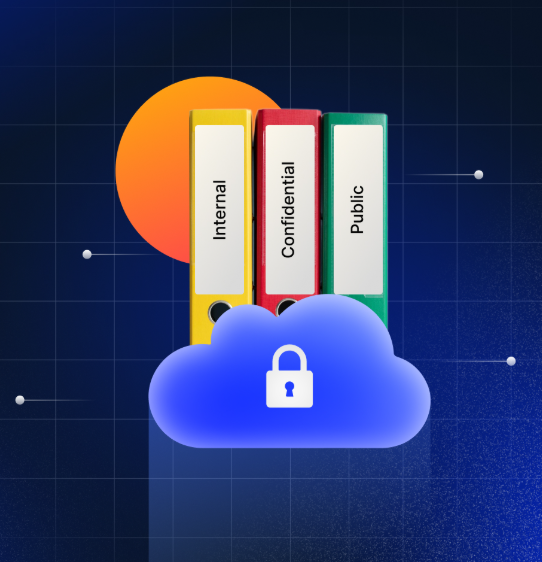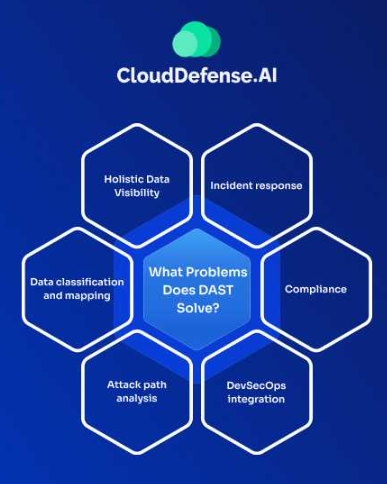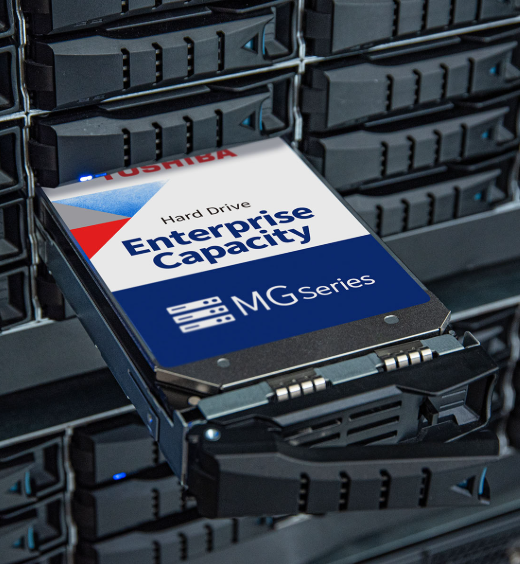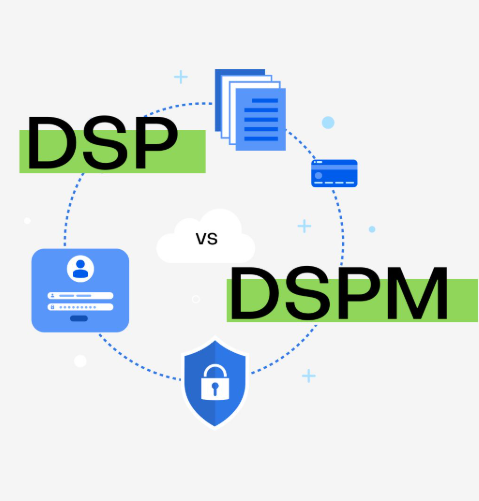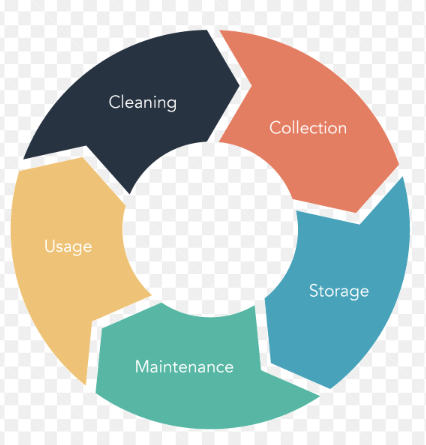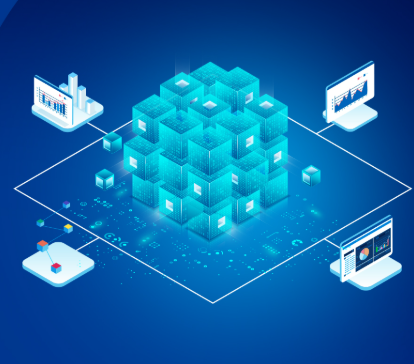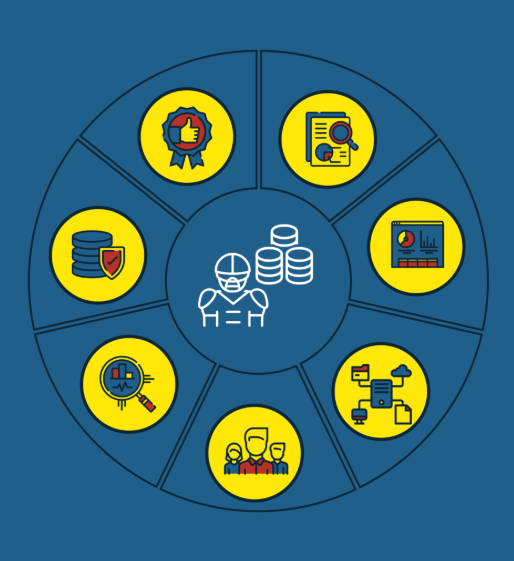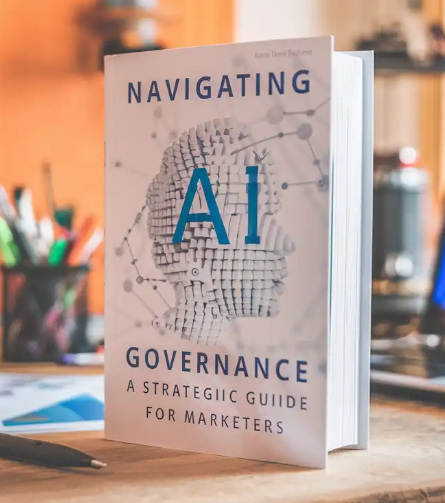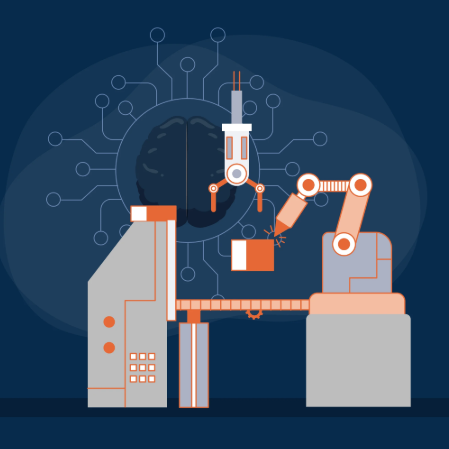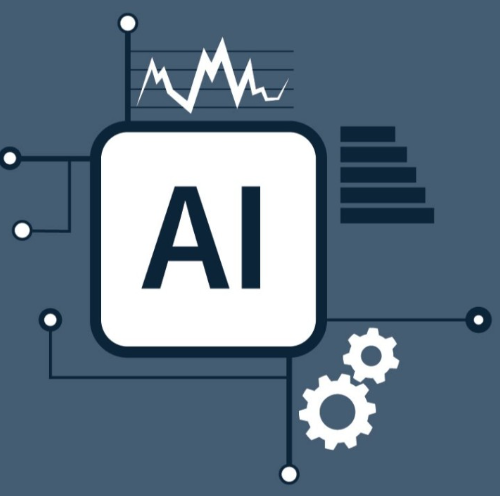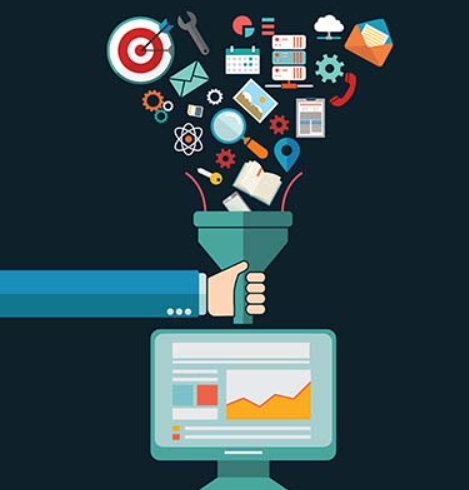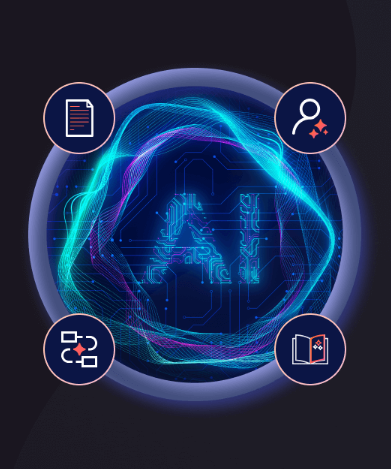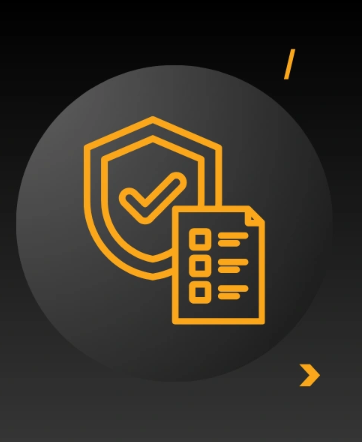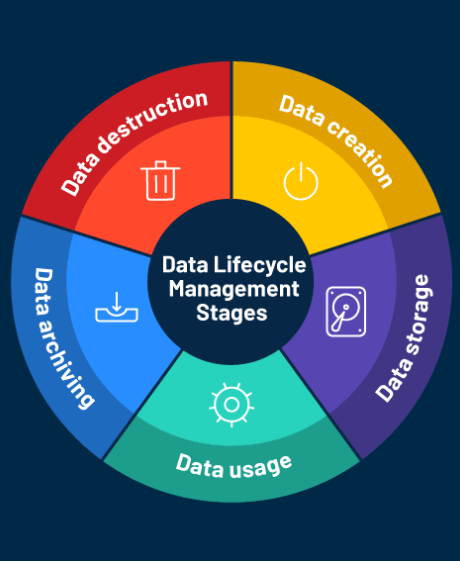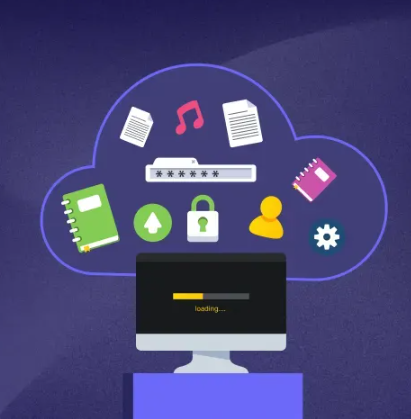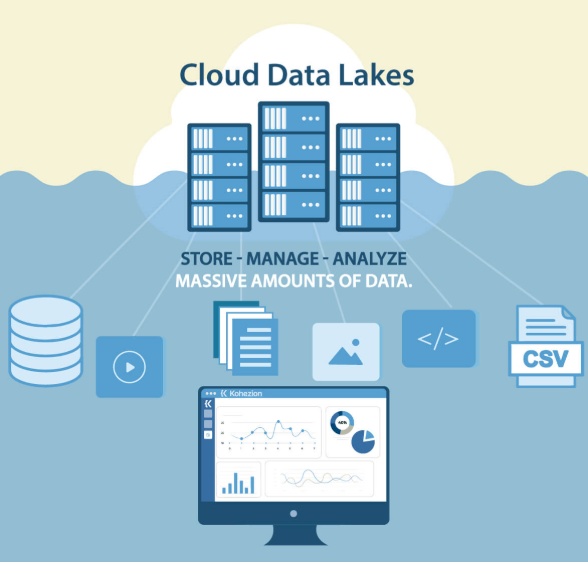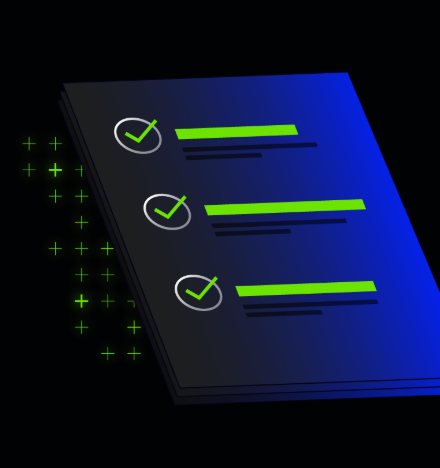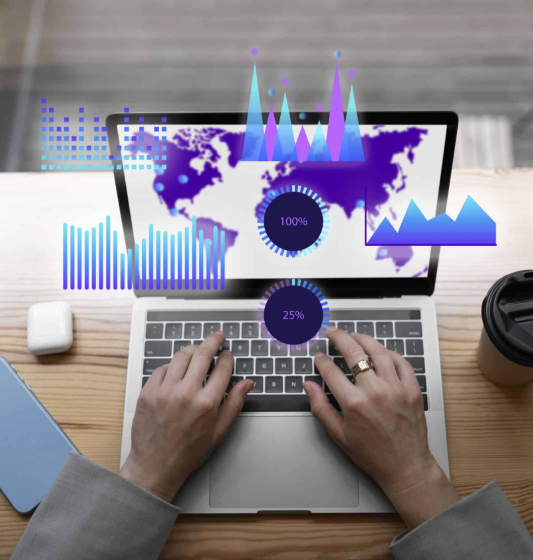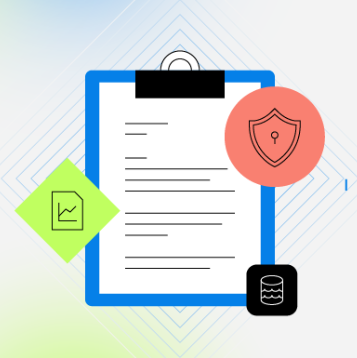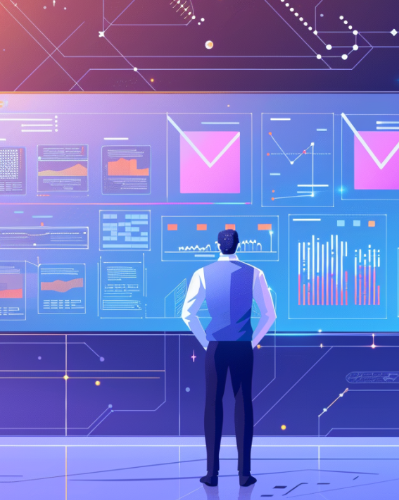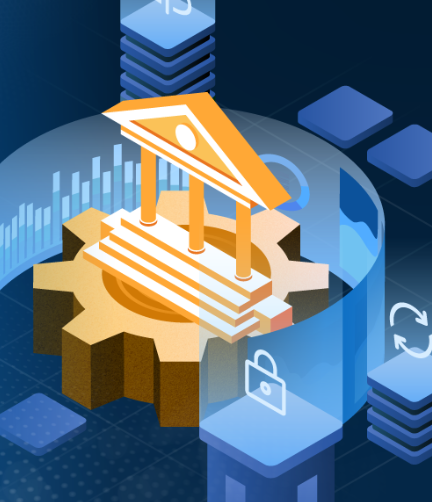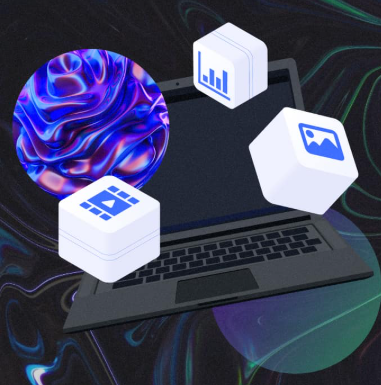
The world of big data is evolving rapidly, with advancements in technology and the growing need for businesses to make data-driven decisions. As we approach 2025, several key trends are expected to shape the future of data analytics. From artificial intelligence (AI) and machine learning (ML) integration to the rise of edge computing, these developments will open up new possibilities for businesses and organizations. In this blog, we will explore the big data trends that are set to dominate the landscape in 2025.
1. AI and Machine Learning Integration
AI and ML have already played significant roles in data analytics, but by 2025, their integration will deepen even further. These technologies will automate data processing, analysis, and decision-making, minimizing the need for manual involvement.
Predictive Analytics and Automation: AI-driven predictive models will help businesses anticipate trends, improve customer experiences, and optimize operations. Automation will also enable organizations to process and analyze data at unprecedented speeds, uncovering insights in real-time.
Advancing Natural Language Processing (NLP): The next wave of NLP tools will allow businesses to interact with data in more intuitive ways. By 2025, AI-powered NLP tools will enable users to query data using natural language, making it easier for non-technical teams to work with complex datasets.
AI and ML integration into data management platforms will become more common, giving businesses a competitive edge in data-driven decision-making.
2. The Growth of Edge Computing
With the explosion of Internet of Things (IoT) devices, the volume of data generated at the edge will surge. Traditional cloud computing models, which rely on centralized data storage and processing, may struggle with this influx of data. This is where edge computing comes in.
Real-Time Data Processing: Edge computing allows for real-time processing of data at the source. For industries like healthcare, autonomous vehicles, and manufacturing, real-time data processing is critical for making immediate, data-backed decisions.
Decentralized Infrastructure: By 2025, edge computing will be more widely adopted, particularly for businesses relying on real-time data, such as in smart cities or connected devices. This shift will require decentralized data storage and analytics solutions that can operate across different locations and devices.
The edge computing market is expected to exceed $43 billion by 2027, accelerating as businesses recognize its value in data processing.
3. Heightened Focus on Data Privacy and Security
As big data usage grows, so does the concern about data privacy and security. By 2025, stricter regulations will significantly influence how organizations manage data.
Stricter Regulations: Countries like those in the EU with GDPR, and updates to U.S. privacy laws, will enforce more stringent rules for data collection, storage, and use.
Zero-Trust Security Models: To safeguard sensitive data, businesses will increasingly adopt zero-trust security models, which require every user, device, and request to be verified, even within the organization’s own network.
Investments in encryption, multi-party computation, and privacy-preserving machine learning will rise as companies continue to prioritize data protection.
4. Data Democratization
In the coming years, data democratization will play an even more prominent role, making data and analytics accessible across all levels of the organization—not just to IT professionals or data scientists.
Self-Service Analytics: More businesses will adopt tools that allow non-technical users to explore and analyze data independently. These user-friendly business intelligence (BI) platforms, powered by AI insights, interactive dashboards, and no-code or low-code solutions, will make data accessible to a broader audience.
Collaborative Decision-Making: By 2025, cross-functional teams will regularly use data for collaborative decision-making, helping break down silos within organizations.
IDC forecasts that nearly 30% of the workforce will regularly use self-service analytics tools by 2025, promoting a more data-literate corporate culture.
5. Data as a Service (DaaS)
With the growing complexity of data management, the trend toward Data as a Service (DaaS) is expected to become even more prevalent by 2025. DaaS allows organizations to access cloud-based storage, processing, and analytics services through third-party providers.
Scalability and Flexibility: DaaS allows businesses to scale their data infrastructure without large upfront investments, making it a cost-effective solution.
The Rise of Data Marketplaces: DaaS will also foster the growth of data marketplaces, enabling businesses to buy, sell, or exchange datasets. This will facilitate new business models and data-driven products.
Forrester predicts DaaS will experience rapid growth as more businesses rely on cloud-based solutions for data management.
6. Quantum Computing’s Potential in Big Data
Though still in its infancy, quantum computing is poised to make significant strides by 2025, particularly in fields like cryptography, optimization, and drug discovery. Quantum computers, utilizing quantum bits (qubits), will have the capacity to process data in ways classical computers cannot.
Complex Problem Solving: Quantum computing could tackle problems that are too complex for today’s computers, such as large-scale simulations and identifying patterns within massive datasets.
Enhancing AI: The integration of quantum computing with AI and machine learning will drive major advancements in predictive analytics and data mining.
Leading companies like IBM are already pioneering research in quantum computing, and by 2025, many enterprises will explore its applications for big data challenges.
Conclusion
The landscape of big data is rapidly transforming, and 2025 promises significant advancements in AI, edge computing, data privacy, and quantum computing. To stay ahead of the curve, businesses must embrace these emerging trends, invest in cutting-edge technologies, and prioritize data-driven decision-making. By aligning strategies with these trends, organizations will be well-positioned to capitalize on the innovations that will shape the future of data analytics.




